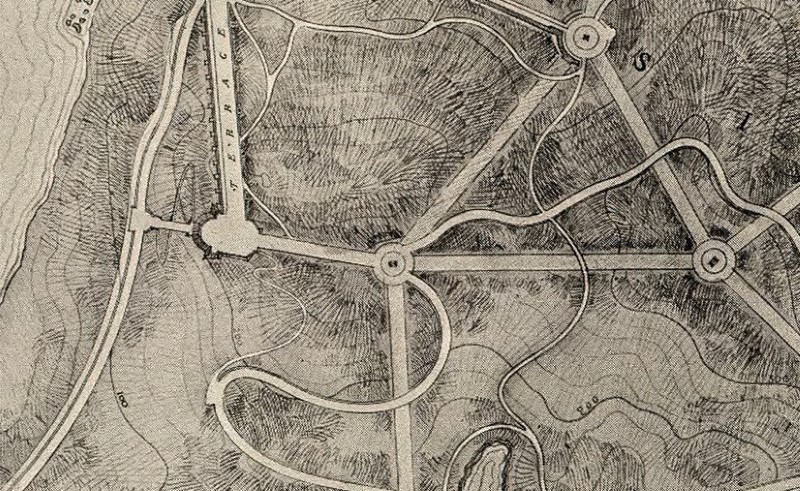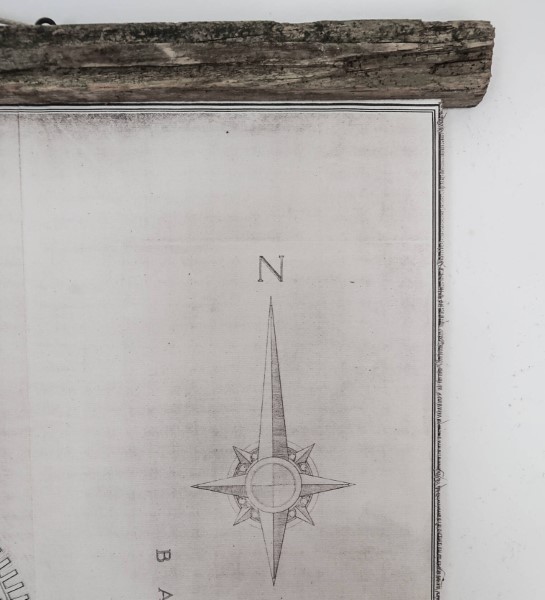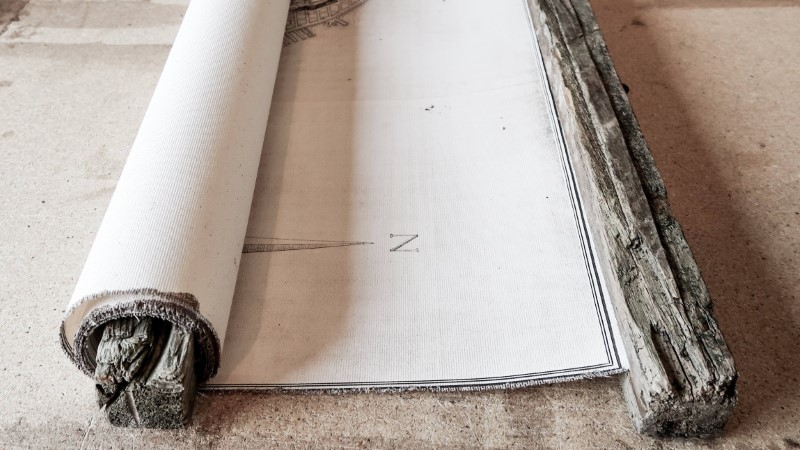Mapmaking or cartography has long been an integral part of the history of mankind that possibly dates as far back as 8,000 years. The cave paintings in ancient Greece, Asia, and Babylon were probably used for exploring the newer terrains. Historical maps of Slovenia are among the best examples that maps have indeed been a long part of the human civilization.
Many seas were sailed and many centuries passed since the first maps ever known were originally marked on the walls of caves during 16,500 BC. Those smudged symbols of an era that has long been gone might not be as ubiquitous anymore in the modern maps than a mere blue dot yet its purpose remains the same. Maps guide, inspire, and teach people about the world and its many mysterious wonders.
Table of Contents
Importance of Historical Paper Maps
There are actually many reasons why historical maps not only of Slovenia but also of other countries remain important even to this day and age.
Historical maps can help you see the things around you.
You are suffering from tunnel vision if you see only as what the blue arrow would like you to see. Knowing what is nearby can make you feel more comfortable in your surroundings. For all you know, there could be a nearby beautiful lake in your area or there might be cycle-friendly route that you didn’t even know exists before. Historical maps can open and broaden your world in more ways you can imagine.

Maps will let you see where you will, where you are right now, and where you were before.
Life is wonderful journey. Right from your birth, you are already in the permanent transformation process. Visualizing where you have been lets you envision where you will go and as a result, you can also picture your current spot in the world. Historical maps of Slovenia can document your own path, light your way, and preserve your memories.

Maps show topographical details like sea depths and mountain ranges.
It is difficult to see or imagine how high a certain mountain is or what lies underneath your feet from a small screen. It is where cartography transforms into art, with mapmakers condensing an extensive number of data into a single visual sign that is simple and beautiful at the same time. it is quite amazing how much details are hidden in every millimeter of the page.
Maps remind you that everyone lives on the same planet.
Considering the existing political, economic, and social climate, it is all too easy to believe that you are living in a ruptured world, that everyone is too different, and that it is best if you focus on problems closer to home. However, if you try to spend some time looking at those shapes making up the landmasses of Earth, you will notice that they actually tessellate. It means that no matter where you are, whether in Slovenia or somewhere else, everyone is a citizen of the world and will surely find his own position on a world map too.
Maps help you stay curious.
Are you in search for some inspiration? Even a mere change of scene will help you gain more valuable perspective. You can also learn something about yourself through other people’s lives. Nothing can be as satisfying as going through a map, identifying a place that you have never heard of and planning your next big adventure. With maps, you can continue learning for life.
The Map of Slovene Land and Provinces
The Map of Slovene Land and Provinces or more popularly called Kosler’s Map was considered as the first ever map of Slovene Lands. This was also the pioneering Slovene map in which all the text was written in Gaj’s Latin alphabet.
This map was printed by August Knorr in 1852 with its publication planned in January 1853. However, the military authorities of Austria confiscated Knorr’s output. The map initially became available to the general public in Vienna only in 1861. This was also the very reason why the Austrian authorities briefly imprisoned Kosler.
Peter Kozler or Kosler was a Carniolan geographer, cartographer, businessman, activist, and lawyer. Kosler was of ethnic German origin yet he also identified with the culture of Slovenia and was an advocate of the harmonious coexistence of German and Slovene cultures in Carniola.
Koče was the birthplace of Kosler and this village was located south of Gottschee County’s Kočevje in what was the Austrian Kingdom of Illyria back then and is the current Slovenia. Kosler was best known for being the creator of the Slovene Lands’ first map called Zemljovid Slovenske dežele in pokrajin or Map of the Slovene Land and Provinces in English. The map was already made from 1848 to the later part of 1852 and was only published in 1861. In spite of this, this had a crucial impact during the time of Slovene national awakening.
Kosler was born in a relatively well-off family and was able to make a fortune thanks to beer brewing. He also founded the Union Brewery. He donated large sums of money as a support for the Slovenian cultural institutions and associations. He was also close to the rather conservative political movement of the Old Slovene.
He also purchased Cekin Mansion found right outside the Ljubljana center and renovated this in neoclassical style. The mansion currently serves as the home of the National Museum of Contemporary History. The Kosler family was also the owner of a mansion located in the heart of Ljubljana near Congress Square and Čop Street and this was considered as among the city’s finest Baroque buildings.
The building was supposed to be demolished in 1956 with the Communist authorities tearing it down in 1961 to make the nearby street wider. This led to a public outcry, marking a milestone in Ljubljana’s postwar urban development. Based on the October 2006 interview with Damjan Prelovšek, a art historian, trees are currently growing at the location of the former building, proving that the demolition was an unnecessary political decision for widening the street.
The historical maps of Slovenia are truly amazing in their own way as they give a glimpse to the rich history of the country.
